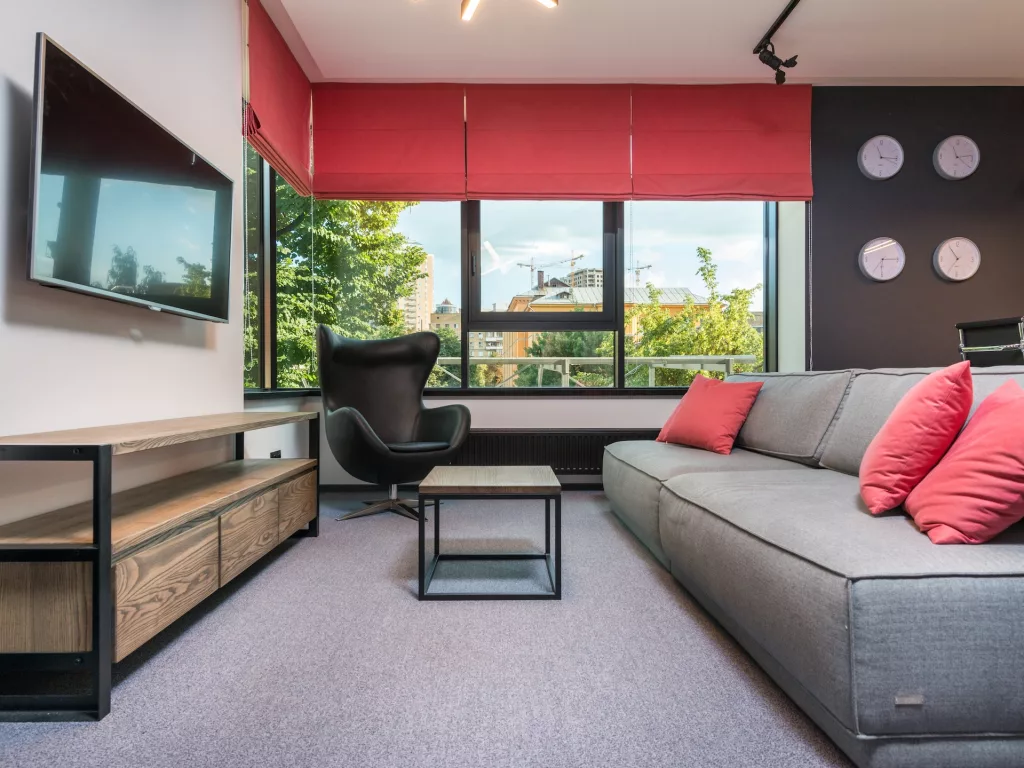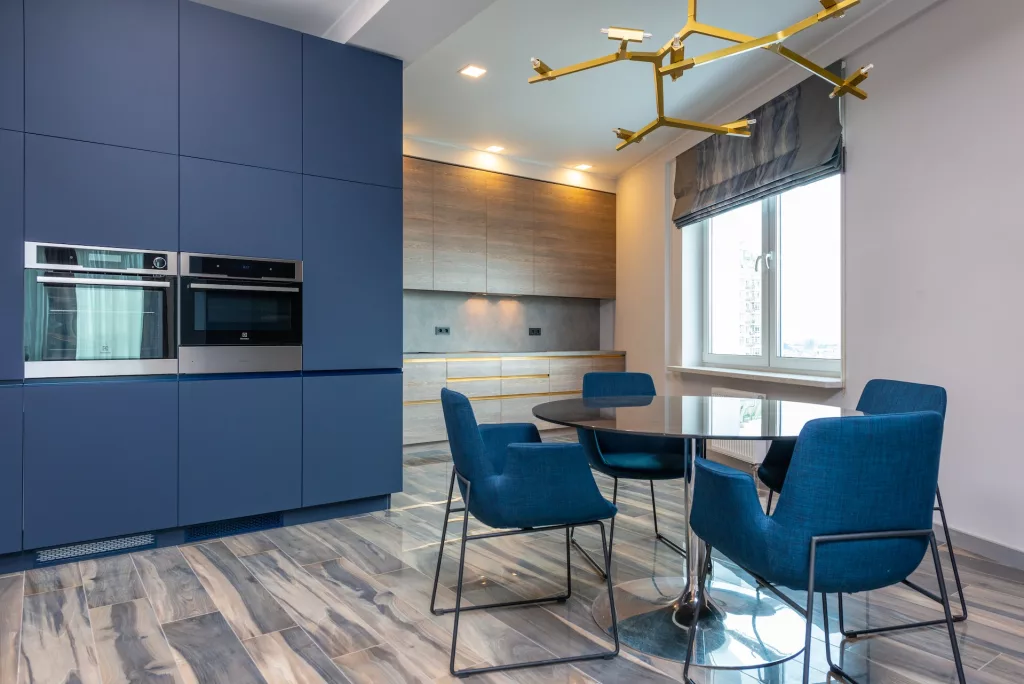The Pros and Cons of Window Shades: Which Are Best for You? (Part 2)

The Pros and Cons of Window Shades: Which Are Best for You?
In the second article of our series, we continue to explore and examine the different types of window shades.
In our previous article, we reviewed the advantages and disadvantages of the various window shades that you can install in your home. While there are a few out there that offer great visual aesthetic and variety, they might not always measure up when it comes to functionality and durability.
We continue the conversation here by showcasing a few more window shade types. Remember, our objective here is not to say that one is better than the other. Rather, our aim is to highlight the different options available so that you – dear homeowner – can make an informed decision based on your lifestyle, preferences, taste, and budget.
Ready to continue exploring? Read on!
Table of Contents

Window Shades: An Overview
1. Vertical shades
As the name implies, these are vertical strips of fabric attached to a track system at the top of the window. They tend to hang from the headrail vertically.
Here are some of the main points that speak for and against vertical shades.
Pros
Cons
- They block out sunlight and protect against UV rays (depends on the type of fabric)
- Can help to trap heat inside the home during winter
- Easy to use and can be easily replaced when damaged
- They can help smaller windows to appear larger
- They’re available in different colours and material types
- They make a lot of noise when opened, which might irritate some homeowners
- If the shades are made of fabric, they could gather dirt or dust off the floor and would have to be cleaned frequently
Pros
- They block out sunlight and protect against UV rays (depends on the type of fabric)
- Can help to trap heat inside the home during winter
- Easy to use and can be easily replaced when damaged
- They can help smaller windows to appear larger
- They’re available in different colours and material types
Cons
- They make a lot of noise when opened, which might irritate some homeowners
- If the shades are made of fabric, they could gather dirt or dust off the floor and would have to be cleaned frequently
2. Outdoor rolling shades
These types of shades are more common in European countries than they are in North America. They’re basically metal gates that roll down over the windows to cover them completely.
Here are some of the pros and cons of outdoor rolling shades.
Pros
Cons
- With the way that these window coverings are built/structured, they are guaranteed to block out all light that enters the window/home
- They’re not visually appealing and look more like a safety precaution that shopkeepers take to prevent their stores from getting broken into
- They completely block out your view of the outside
- They are normally installed very close to the windows, so there are high chances of heat building up between the shades and the glass
Pros
- With the way that these window coverings are built/structured, they are guaranteed to block out all light that enters the window/home
Cons
- They’re not visually appealing and look more like a safety precaution that shopkeepers take to prevent their stores from getting broken into
- They completely block out your view of the outside
- They are normally installed very close to the windows, so there are high chances of heat building up between the shades and the glass
3. Skylight shades
These types of window coverings are used to cover skylights and are available in different colours and formats.
Here are some of the main points that speak for and against skylight shades.
Pros
Cons
- They help you to control the light that enters your room and protects the room’s interior from fading
- They help you to control the temperature in your home (keep the heat out in the summer and help to trap the heat inside during the winter months)
- Available in various colours and formats, and can be motorized or automated
- Depending on how high the skylight is, it can be complicated to remove the shades in order to clean them
- If the motor breaks, you’ll need to get it repaired before you can use the skylight shades again
Pros
- They help you to control the light that enters your room and protects the room’s interior from fading
- They help you to control the temperature in your home (keep the heat out in the summer and help to trap the heat inside during the winter months)
- Available in various colours and formats, and can be motorized or automated
Cons
- Depending on how high the skylight is, it can be complicated to remove the shades in order to clean them
- If the motor breaks, you’ll need to get it repaired before you can use the skylight shades again
Final thoughts
As you’ll see from the options mentioned above, finding the right window coverings for your home depends on several important factors.
Here are some key thoughts/questions:
- Do you want something that’s “easy on the budget” that you will have to replace within a short period of time?
- Are you looking for something that’s relatively easy to clean and operate? I can tell you this much – anything that’s automated or controlled by an app that you need to download isn’t always a “walk in the park”
- Are you looking for something that compliments the colours of your walls and furniture?
- Do you care more about having a higher level of privacy? Controlling the amount of light that enters your room? Both?
The answers to the above questions and more will help you to decide how you plan to give your windows a new look.
Stay tuned for our next article, where we will review the different types of window shutters.
Feel free to peruse the rest of our website or contact us for more information.

 +1 (647)-646-9979
+1 (647)-646-9979

